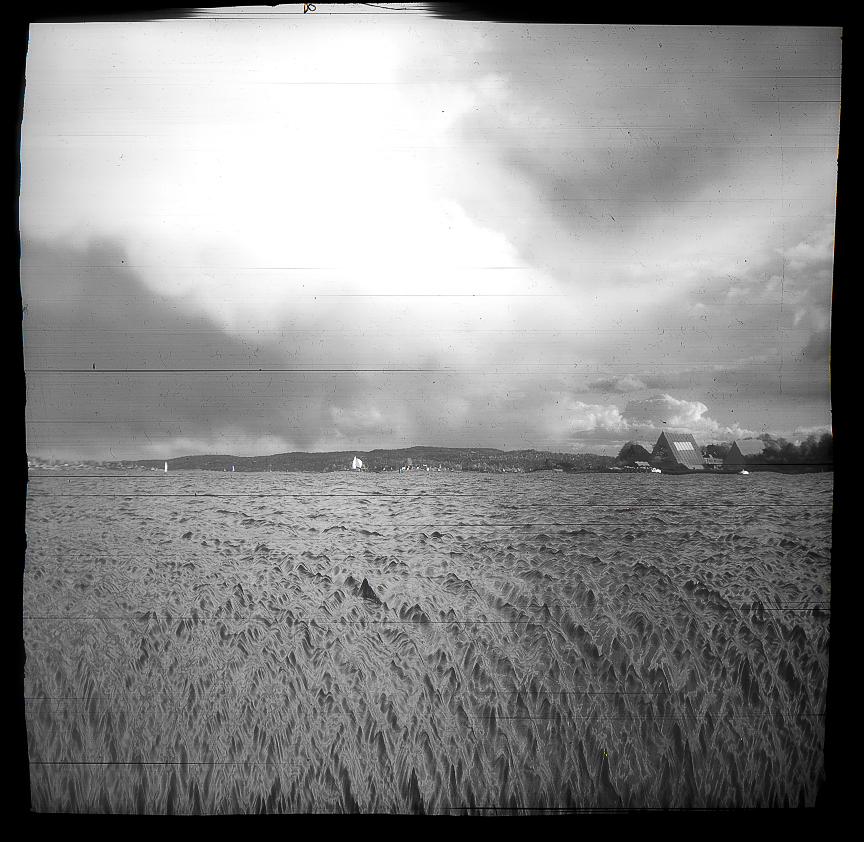Little nitpick. Nyquist frequency is at least 2x the maximum frequency of the signal of interest.
The signal of interest could be something like ~20kHz (human hearing or thereabouts) or it could be something like a 650 kHz AM radio signal.
Nyquist will ensure that you preserve artifacts that indicate primary frequency(ies) of interest, but you'll lose nuance for signal analysis.
When we're analyzing a signal more deeply we tend to use something like 40x expected max signal frequency, it'll give you a much better look at the signal of interest.
Either way, neat project.
